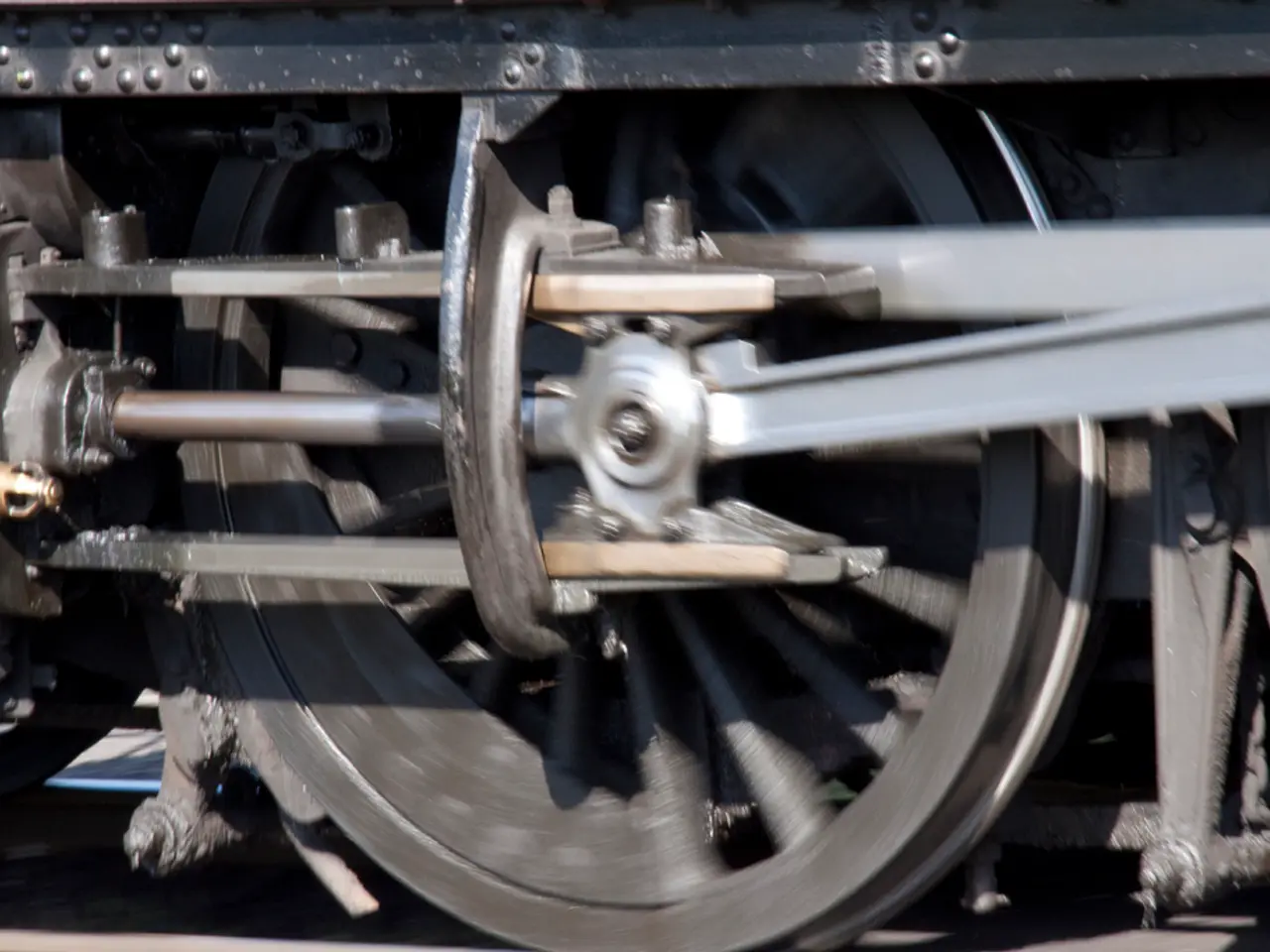Difficulties persist in Latvia's freight transport sector this year
In Latvia, the transport landscape has undergone significant changes during the years 2023 and 2024. The country has witnessed a decline in freight transport via land, rail, and sea, while road freight has shown an increase. This trend aligns with broader European Union (EU) patterns, where road freight is gaining share compared to rail and sea freight [2][5].
The rise in overall passenger traffic is noteworthy, likely encompassing private cars and public transport. The number of battery-electric passenger cars in the EU increased significantly by 32% between 2023 and 2024, contributing to more passenger vehicles on the roads [4].
Public transport modes, including buses, trolleybuses, trams, and ferries, have also experienced changes. These may include frequency adjustments, fleet modernization (potentially increasing electric or low-emission vehicles in line with EU trends), or route modifications [1].
Specifically, ferry traffic at Riga Passenger Terminal remains closed since 2021. In contrast, the number of passengers carried by trams increased by 10.5%, and trolleybus passengers rose by 2.1%. However, the number of passengers arriving at and departing from Ventspils and Liepāja ports with ferries dropped by 5.2% [6].
National rail transport saw a 11.2% rise in passengers, but international rail transport increased significantly due to the new Vilnius-Riga route, with a 4.7-fold increase [7]. Passenger turnover at Ventspils port decreased by 11%, but it rose at Liepāja port by 12.9% [8].
The transportation of national freights decreased by 12.5%, with road freight comprising 57.7 million tonnes in the nine months of 2024, which is 8.2% less than the previous year [9]. Freight turnover at Ventspils port also decreased by 32.2%, while at Riga port, it dropped by 6.8% [10].
International freight transport, however, increased by 11.3%. The cargo loaded and unloaded at ports decreased by 11.2%, but the transportation of international freights accounted for 12.7 million tonnes in the nine months of 2024 [11].
National freights by rail increased by 9.7%, but the volume of freight transported by rail in international traffic decreased by 31.9% in the nine months of 2023 [12]. The number of passengers carried in national urban and regional bus lines decreased by 2.4%, but the number of passengers carried in international bus lines dropped by 10.5% [13].
In summary, Latvia's transport sector is evolving, with a shift towards road freight and passenger growth, while rail and sea freight transport decrease. Public transport services are adapting to new travel patterns and sustainability goals [2][4][5].
- The increase in the number of battery-electric passenger cars in the EU could be linked to changes in the finance sector, as more individuals invest in environmentally friendly vehicles.
- The rise in overall passenger traffic, including private cars and public transport, might have a significant impact on the transportation industry, as the demand for efficient and sustainable transportation solutions becomes more prominent.




